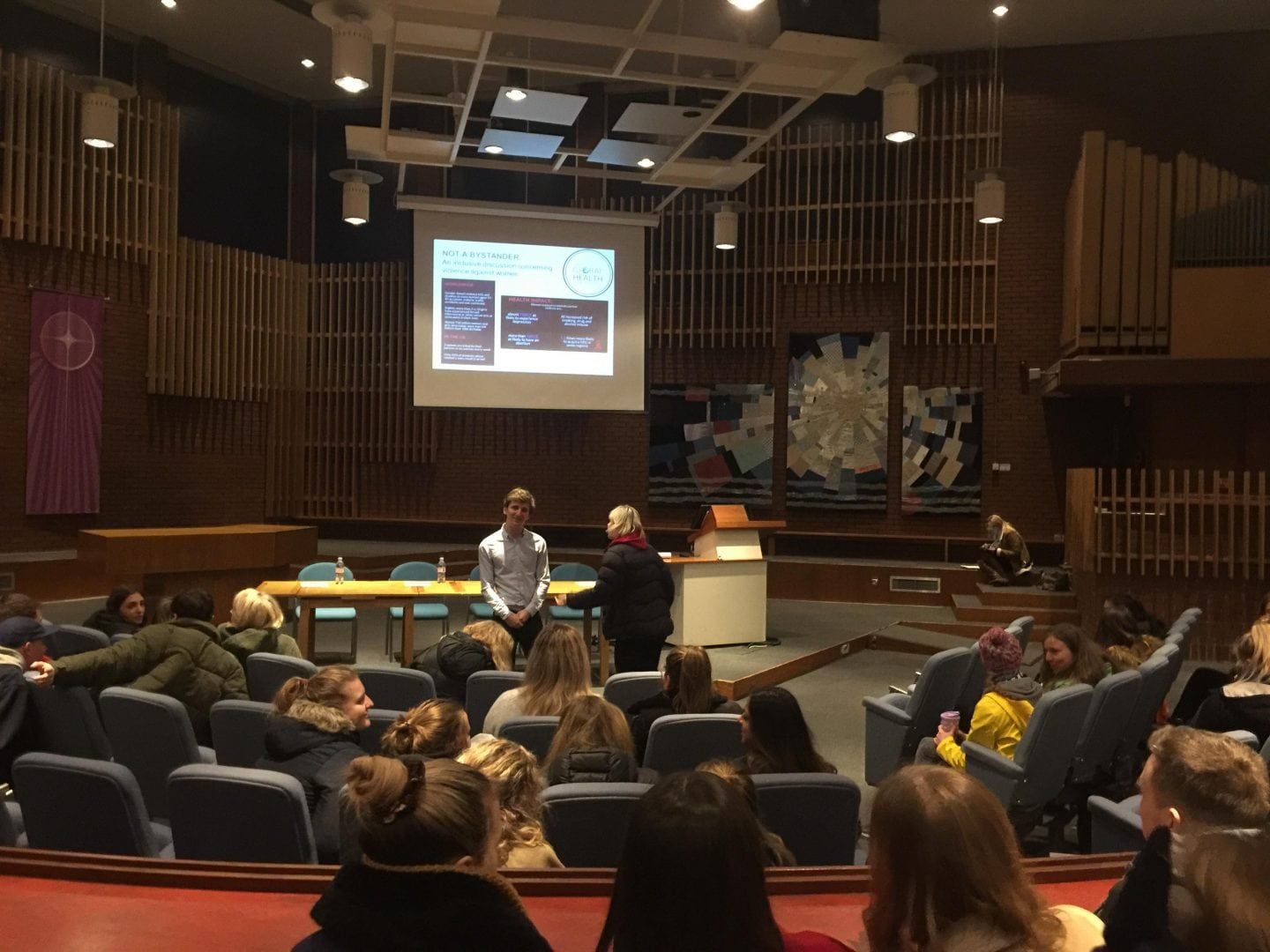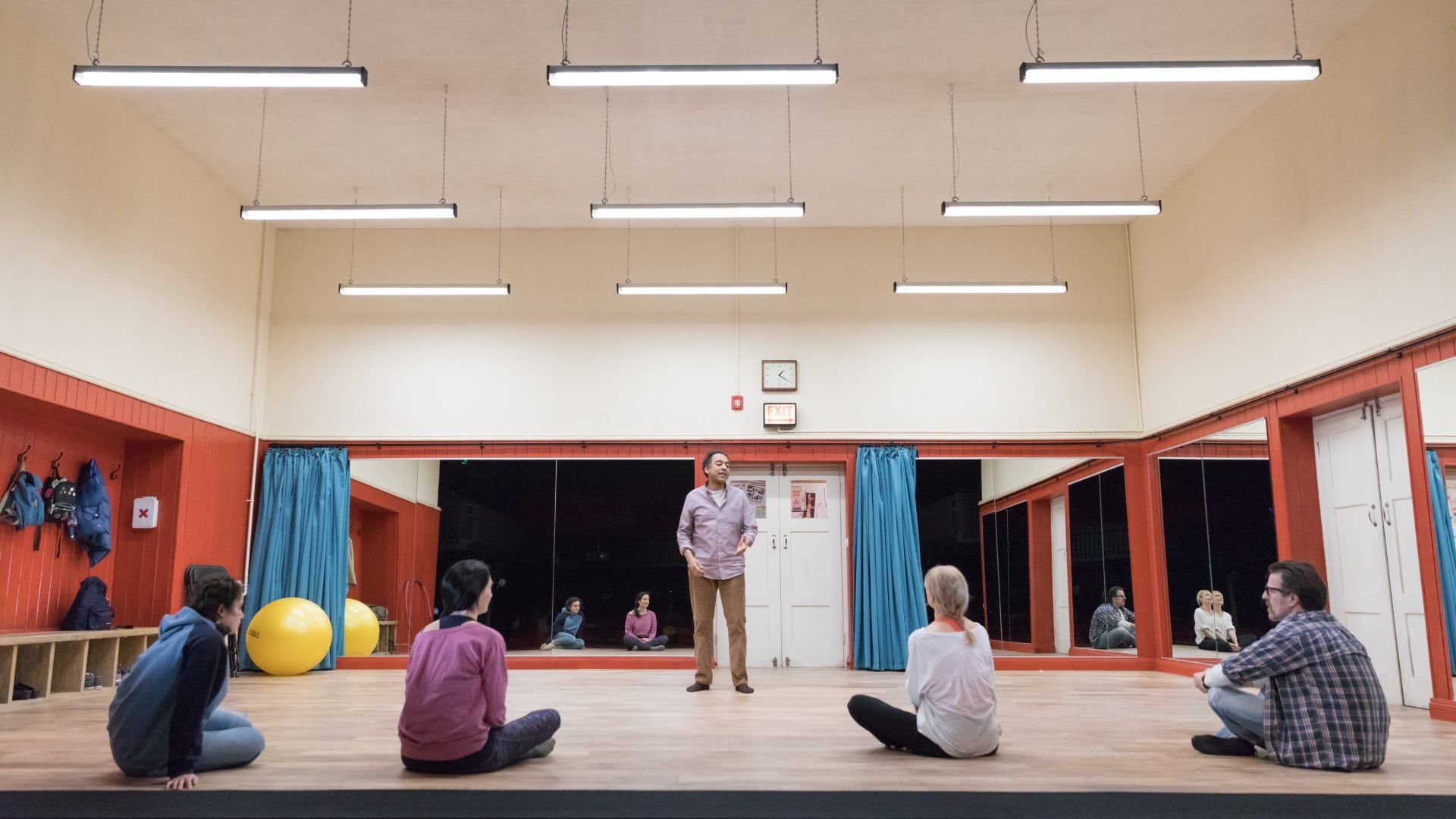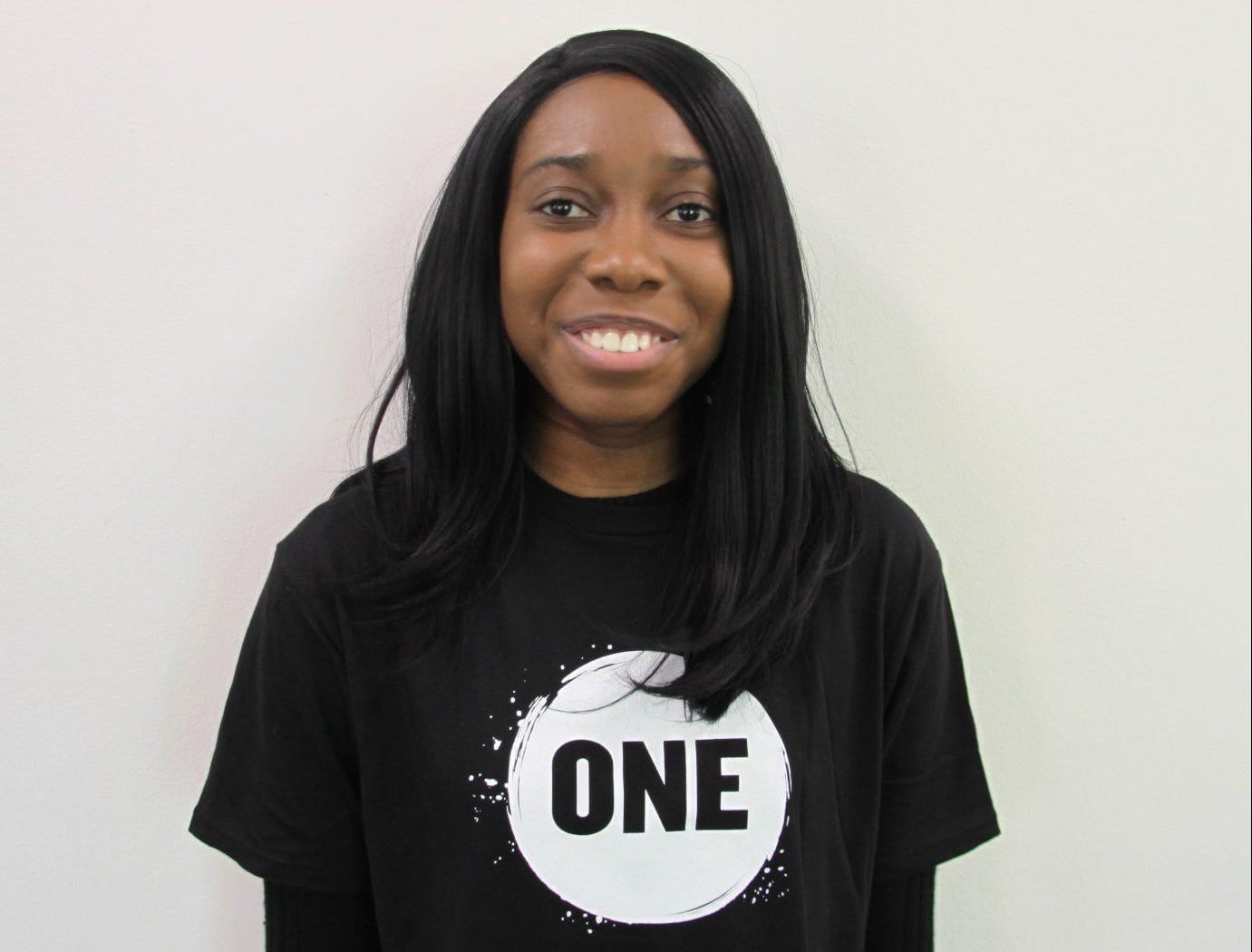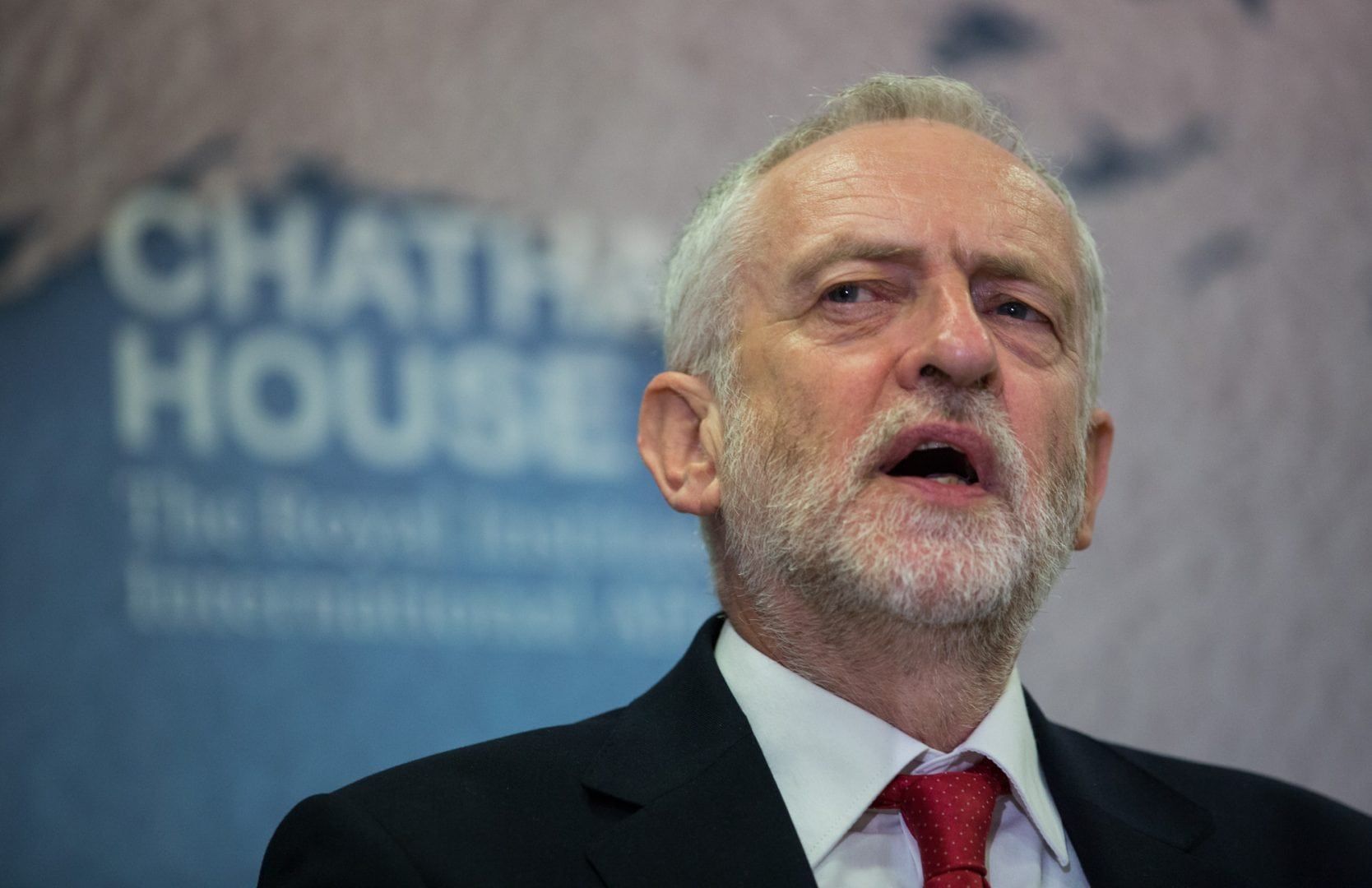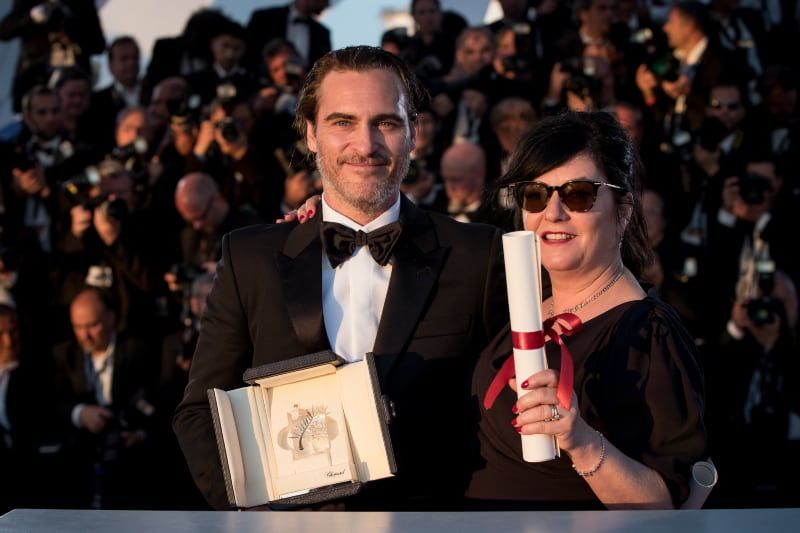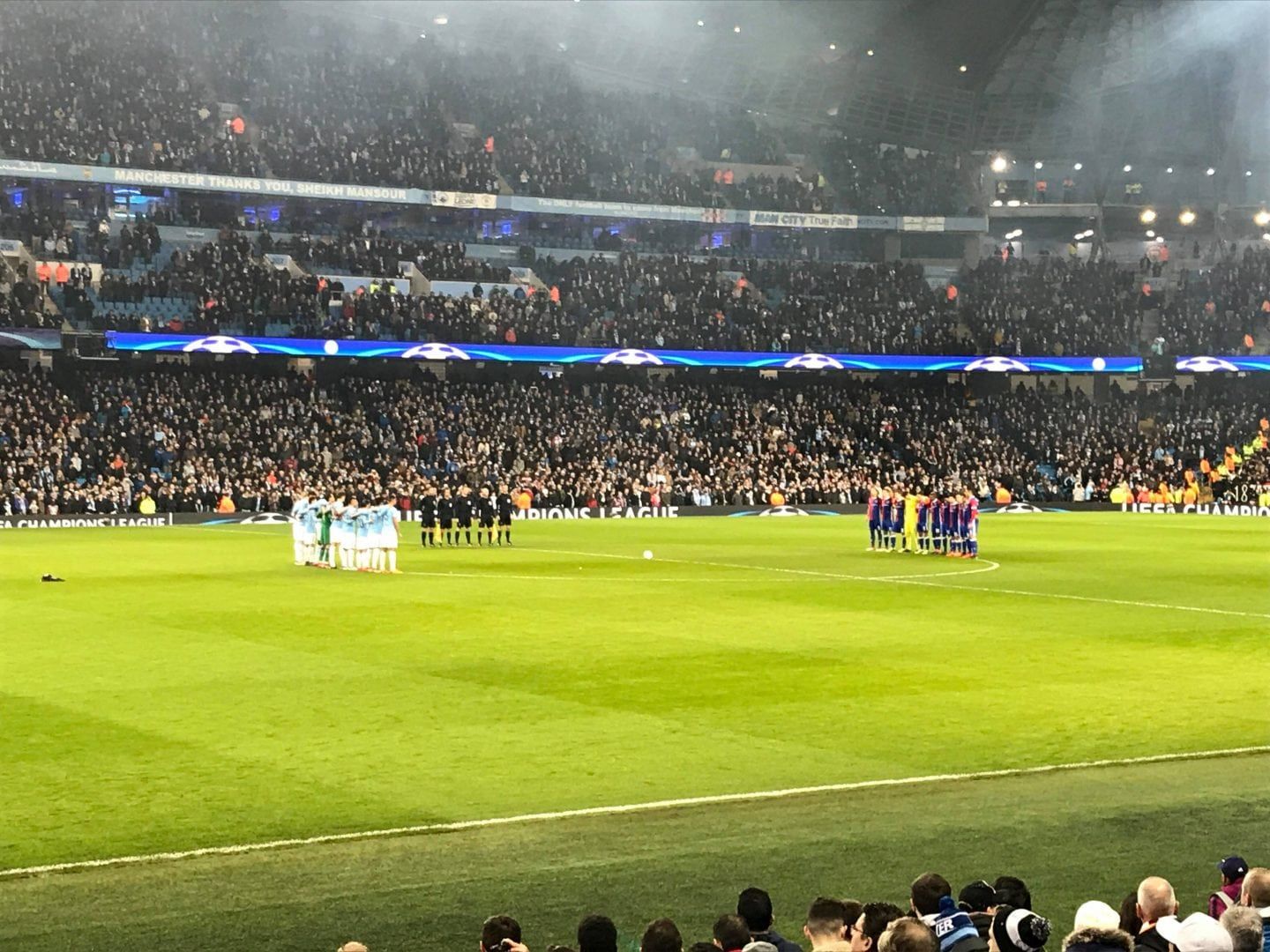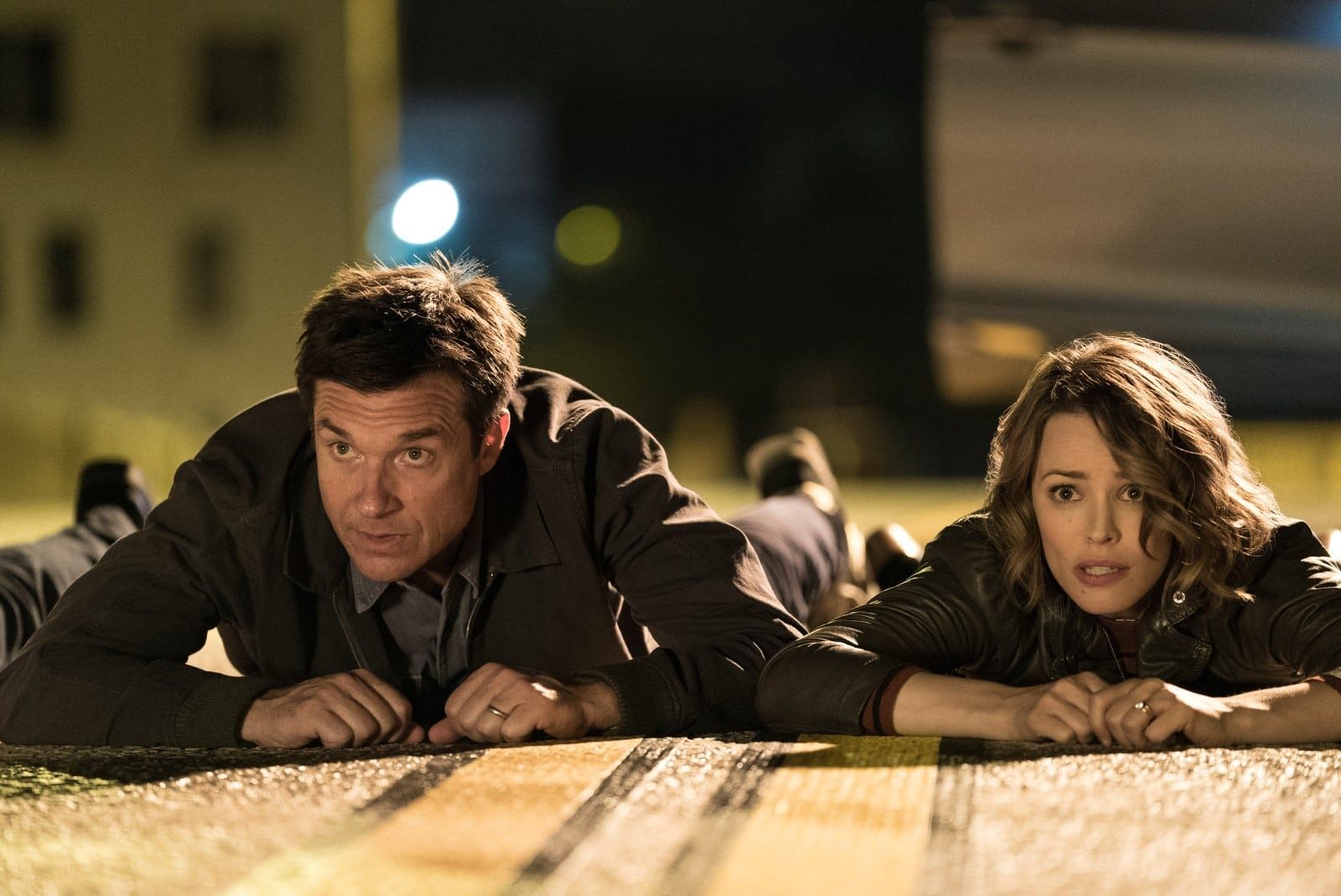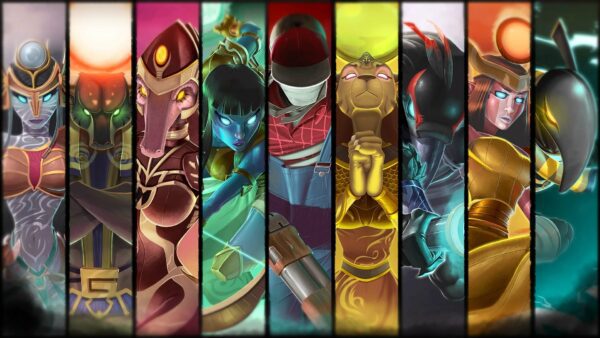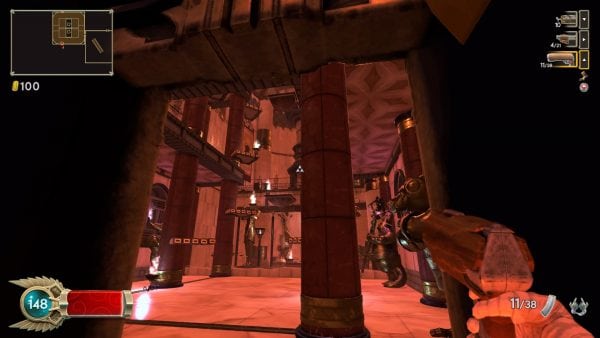TEDx University of Manchester 2018: the speakers
TEDxUniversityOfManchester is back! Themed this year as “Uncharted Territories”, the conference hopes to explore the unexplored and challenge the unchallenged. With this in mind, the committee has curated a panel of speakers from a wide range of industries and backgrounds, including tech, music, entertainment, media, and psychology. Ahead of the event this Saturday, I talked to some of the speakers about what makes them tick and what they hope to bring to the event.
Bruna de Palo — Life & Career Coach
What keeps you up at night?
My TED talk! It’s such an exciting experience for me that I don’t even want to sleep anymore, I just love to keep reading, learning, writing, and practicing. Am I worried that I might mess up once on stage? Yes, I do (quite a lot, actually), but knowing I’m putting so much effort into it makes me feel better, after all the only way to succeed is keep pushing!
What do you want people to take away from your talk?
That there are cool employers out there that are craving for them, for their personality, their interests, and their vision of the world… not just their skills. When people understand that, they will be on the road to fulfilment. Did you know one on four of UK employees say they are totally disengaged from their work? I’m on a mission to change that.
What do you wish someone had told you at 20?
That I am way more than my skills, that I worthy for who I am, and how “me being me” is exactly what the world needs. Knowing that would have saved me from being stuck for 17 years in the wrong career.
I’ve learnt the lesson so well, that now I want to use it to help people and avoid they get trapped in the same golden jail of a salary that switches off your identity.
Dr Alan Watkins — Trained Physician and CEO of Complete Coherence
What keeps you up at night?
Nothing really keeps me up at night, I sleep very well as a matter of practice. But something I think about in quiet moments is whether humanity is on the brink of a sixth great species extinction if we don’t course correct in the next 50 years.
What do you want people to take away from your talk?
Hope. If people discover how to change the destiny of their lives, and decide to do what it takes to develop themselves, then they can deliver a brighter and better future.
What do you wish someone had told you at 20?
Follow your bliss.
Alastair Paterson — Founder and CEO of Digital Shadows (talk: ”Into the Shadows’: digital footprints, online exposure and the future of cyber security’)
What keeps you up at night?
Society’s increasing dependence on highly-vulnerable digital infrastructure. The Internet has gone from a hobbyist’s play area to a critical piece of infrastructure we all depend upon for our daily lives, but it was never designed with security in mind, with implications for all of us.
What do you want people to take away from your talk?
That we should not take for granted all the digital infrastructure we depend upon, or take our privacy lightly. However, it’s not all doom and gloom and there are innovations in cyber security that are going to help keep the lights on, including some great UK startups in this exciting and critical field.
What do you wish someone had told you at 20?
It will all be okay – keep working hard and do what you love. Say yes to (almost) every opportunity that presents itself and you will be lucky enough to have a fascinating, exciting, and fulfilling life ahead.
Amy Steel – Associate Director for Amoria Bond (talk: ‘The Journey to Success: how to break your stereotype and reach your goal’)
What keeps you up at night?
The fear of failure.
What do you want people to take away from your talk?
I want people to come away feeling like anything is possible. I want to encourage them to break their belief barriers as to what is achievable regardless of your background, age, or gender; that with enough hard work, passion, and ambition you can achieve any goal and create whatever life you want for yourself. I want to encourage people to take control of their own destiny & build their own empire!
What do you wish someone had told you at 20?
The importance of setting objectives and goals in order to progress in whatever walk of life. It was only when I got my job that I realised the true importance of working towards a target to better myself and realise my full potential. You forget how young you are at 20 and, whilst you do have your full life ahead of you, don’t wait to start a job before building a career. Set your goals now and fast track your life as early as you can.
Andrew Melchior — Project Manager, Third Space
What keeps you up at night?
The most pressing issues of our time are climate change and reduction in biodiversity. I think this above all else is to be feared, as we are definitely not ‘too big to fail’ as a species. It bothers me that the large deposits of methane possibly released as tundra thaws would cause a mass extinction event.
What do you want people to take away from your talk?
I’d like for the audience to feel they can explore their own relationship with technology and to not be afraid to ask questions or demand better standards from the companies who are responsible for ensuring security and privacy. Overall I’d love them to start reading the small print when they sign up for services.
What do you wish someone had told you at age 20?
Buy shares in Apple with your Student Loan.
Digital Farm Animals — Producer and DJ (talk: ‘Zero to a Billion’)
What keeps you up at night?
Coffee. I’m usually up plotting away at the next steps: annoying people with my music, jet-lagged, or DJing somewhere around the world. If not that then ticking off the list of house chores that the wife has given me.
What do you want people to take away from your talk?
I’m incredibly grateful at the opportunities I’ve had and that I’m able to make a career out of doing what I love. I spent a long time worrying about becoming a lawyer and pursuing something I was told I should be doing instead of what I really wanted to do. I believe a lot of people are in jobs they don’t love and often that’s because they don’t think there’s an alternative.
Being an entrepreneur is incredibly hard work and there’s a lot of initial investment and sacrifice of your time but I think it’s a fantastic time to be one and I’d like people to at least give thought to what they truly want to pursue. On top of that, how in my case I’ve had to use the change in technology in my songwriting and production career. Lastly, to let them see the Pigman.
What do you wish someone had told you at 20?
Following on from the above, I would caveat my point by saying that having a formal education as a back up and as a foundation will only help you both in confidence and also in business, but I wish someone had told me that although beneficial that was in no way the be all and end all and there was an industry dedicated to exactly what I wanted to do — songwriting and that doing what you really want isn’t in any way an impossibility. Basically, take a look at what you love doing, maybe it’s a career!
Dr Mark Batey PhD CPsychol AFBPsS – Leadership, Creativity and Innovation Specialist at Alliance Manchester Business School (talk: ‘Five Key Principles for Creativity & Innovation’)
What keeps you up at night?
I’m always full of ideas just before I sleep, especially if I am working on a long-running project. That definitely keeps me awake! However, those burbling thoughts are often a great source of inspiration for my creativity, so I shouldn’t complain.
What do you want people to take away from your talk?
That creativity is a capacity, a skill that can be developed. Often through some really simple lifehacks for your own brain and thinking, or how you can collaborate more effectively with others. I hope to share a little of the practical insights I’ve been lucky enough to pick up while working with different leaders, teams, organisations and governments around the world.
What do you wish someone had told you at 20?
That mistakes are normal and often to be welcomed. With an open mind and heart, we can embrace our failures and learn and grow from them. Be yourself always.
Sarah Hesz and Katie Massie-Taylor — Founders of Mush (talk: ‘The Future of Digital is Physical’)
What keeps you up at night?
A massive dose of paranoia that we are not doing enough to make Mush brilliant. Plus my new obsession with Queer Eye for the Straight Guy and my newborn.
What do you want people to take away from your talk?
I want people to think about what communities they belong to and how they can play a more active role in them.
What do you wish someone had told you at 20?
That my fears were not real.
Yasmin Evans – Radio and TV Broadcaster
What keeps you up at night?
Overthinking and worrying that I’m not representing myself in the best way. Letting my side down by not behaving the way I should.
What do you want people to take away from your talk?
I want people to be able to relieve the pressure that they may feel to be something and to feel they should know where they need to be in life. I rather them realise that the journey is more beneficial than the destination and the “ideal” and/or “dream”
What do you wish someone had told you at 20?
I wish that someone told me that one day I’d be happier than I am right now and to not put pressure on keeping my happiness. Everything else I’d keep a secret because I feel like as my life has revealed itself it has been that much more beautiful because I never expected it!
TEDxUniversityOfManchester 2018 takes place on Saturday, March 17th at the Bright Building. Tickets are on sale now.





